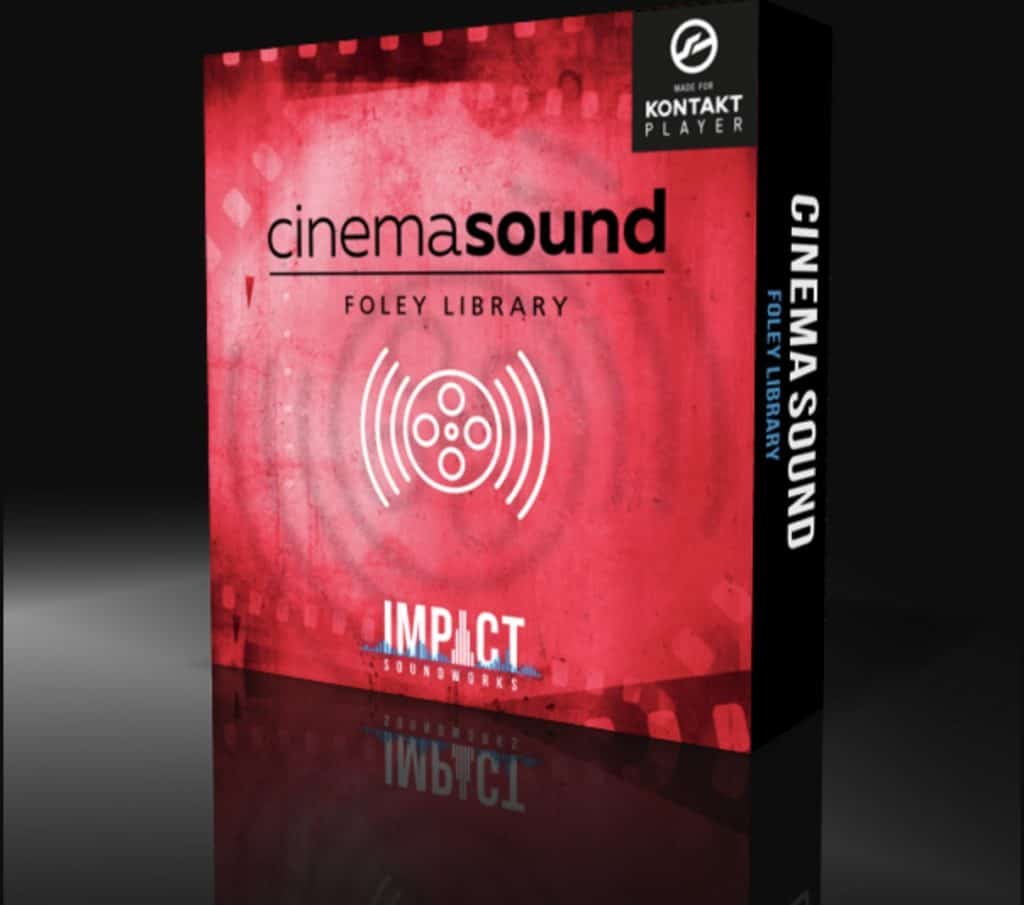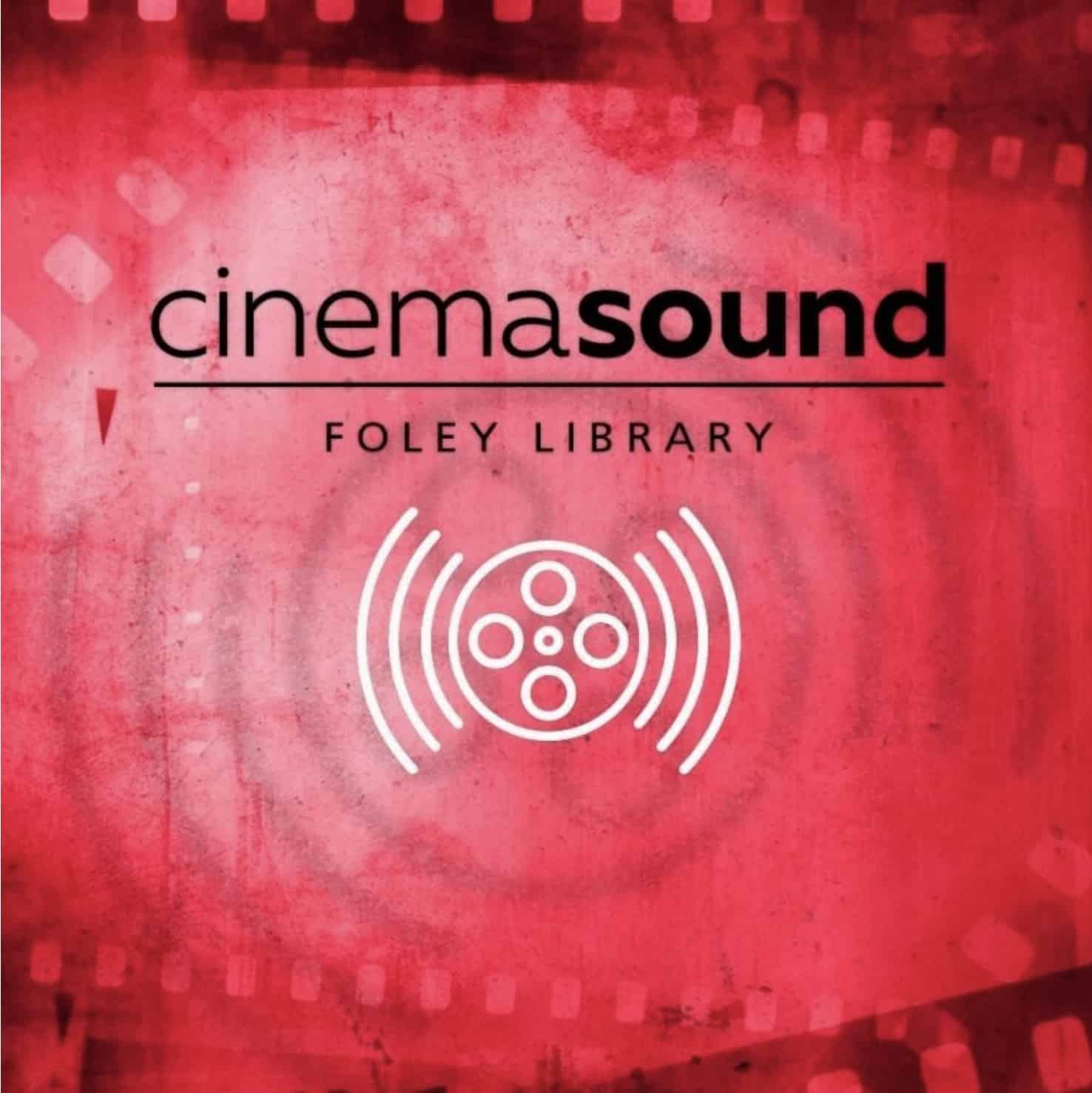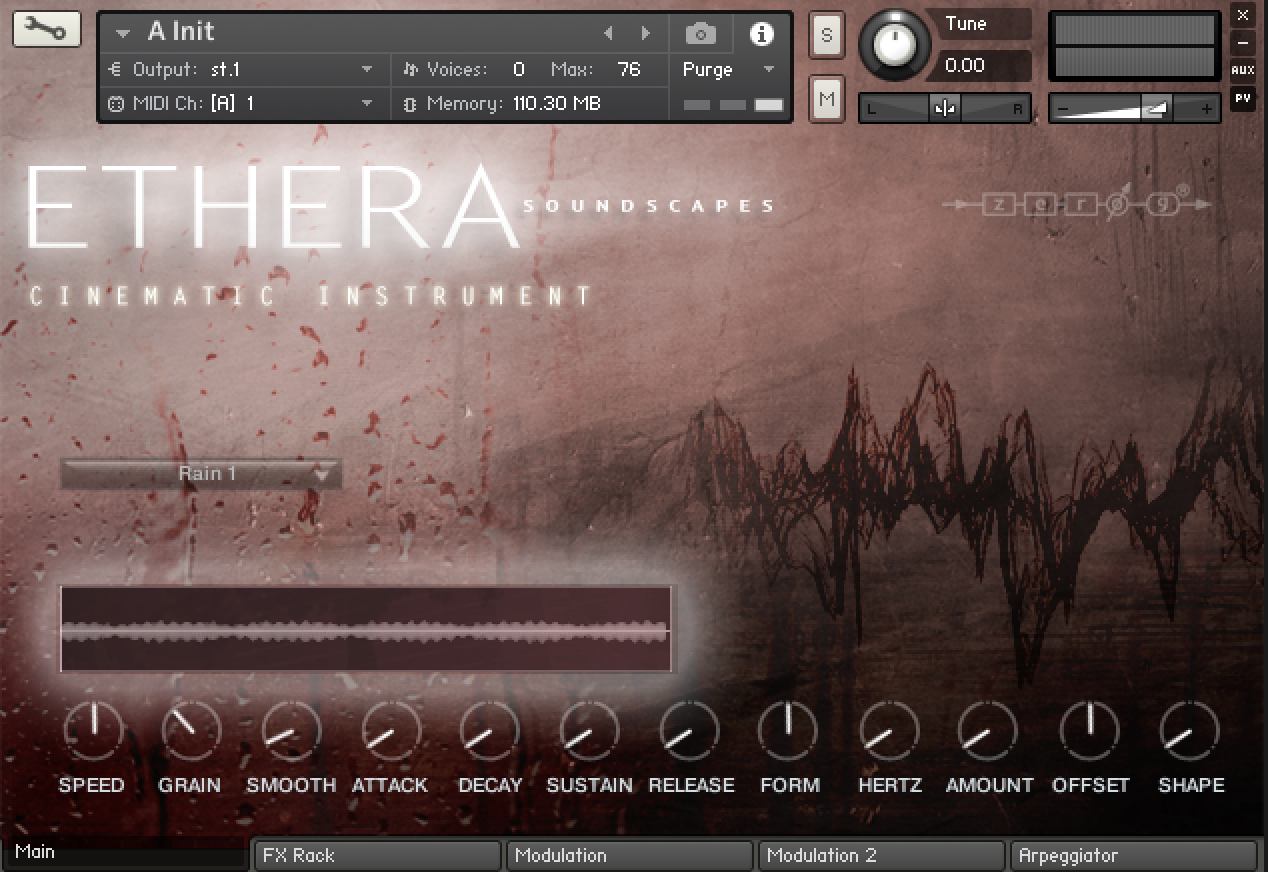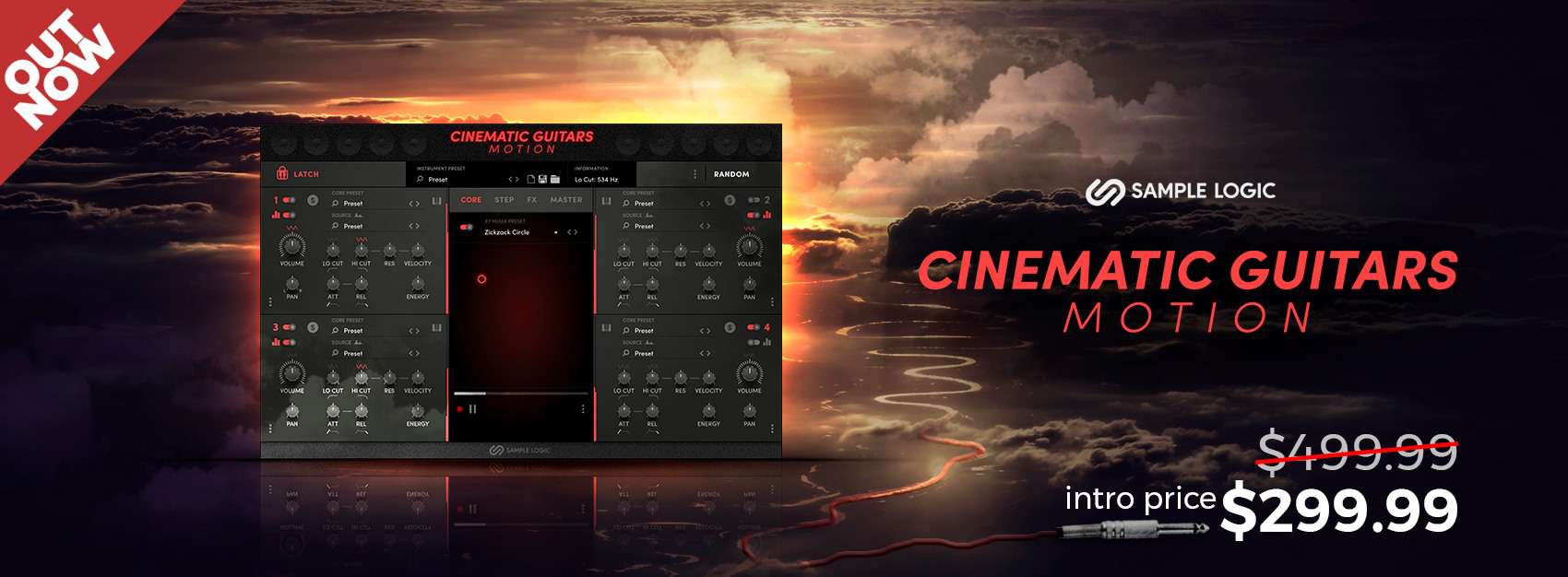Impact Soundworks Released Cinema Sound Foley Library
The Cinema Sound Foley Library helps the sound designers with custom foley performance and design. With this library, you can generate Hollywood-level immersive audio for your film, TV, and game productions with an incredible sample library recorded by Cinema Sound, and built as a fully-playable and editable Kontakt (VST, AU, AAX) instrument by Impact Soundworks.

The ultimate tool for custom foley performance and design, making it easy to match realistic sound effects to your visuals. Add Hollywood-level immersive audio to your film, TV & game productions with a fraction of the time & budget previously required. Impact Soundworks teamed up with Cinema Sound to produce Cinema Sound Foley Library. Recording your own foley takes gear, time, and practice, while buying existing foley libraries often means time wasted chopping up and editing long audio files. CSFL makes the process much easier by giving you tons of carefully-edited and categorized samples ready to perform via your MIDI controller.
What Is Foley
In post-production, we refer to any sound that a human body makes on-screen as “foley.” Coined by professionals from a gentleman with the same name, he realized that a microphone which is good for recording dialog is probably not good for recording anything else at the same time. Thus, all of the immersive audio elements in a mix – including ambiences, sound effects and of course the sounds that actors make in a scene (clothing noise, footsteps, skin noise etc.) – are lost in on-set recordings, because they’re dominated by dialog. This means in the post-production process, we must reperform all of the elements (many times dozens of tracks deep) with a trained professional foley artist in a well-tuned studio in order to regain the sense of immersion that top-notch productions require. Most of the time this is an expensive line-item on a post-production budget, and it’s something many independent productions leave out from lack of knowledge, budget or both.
WARNING
These samples are not light or quiet! At Cinema Sound we believe that foley recordings should be “Bigger Than Life” so that they can be tamed in the mix as needed. It’s always better to have a foley track which needs to have lows and highs rolled off than wish they were there – and instead bring up the noise while trying to compensate. Therefore, you’ll find as you listen to this library that these sounds really “fill up a mix.”
Cinema Sound Foley Library Content
- Over 54,000 foley samples
- Pristine 24-bit, 96KHz recordings
- Eliminate sameness with a huge variety of male & female footsteps
- Capture movement & intimacy with clothing and skin touches
- Build tension with body percussion & grunts
- Add horror and battle elements with impacts and weapons
- Bring the action to life with crunches, swishes, rustles and more
Cinema Sound Foley Library Features
- Ideal for real-time foley performance
- Two-layer engine with an adjustable blend
- Custom banks accessible via key switch
- Intuitive sound and category browser
- Per-key SFX tweaking
- Multiple dynamic modes (vel, CC)
- Over 30 FX modules included
About CINEMA SOUND & IMPACT SOUNDWORKS
CINEMA SOUND is the world’s most comprehensive resource of audio-for-film education, having published over 85 hours of video education and recorded the entirety of this library. IMPACT SOUNDWORKS is a leading developer of virtual instruments, sample libraries, and music software tools for composers. Since 2008, our instruments have been used by over 100,000 musicians around the world on Billboard charting albums to major Hollywood blockbusters and AAA video games. Popular instruments include the SHREDDAGE series of virtual guitars, SUPER AUDIO CART retro chiptune sounds, VENTUS and PLECTRA SERIES world instruments, and dozens more.










